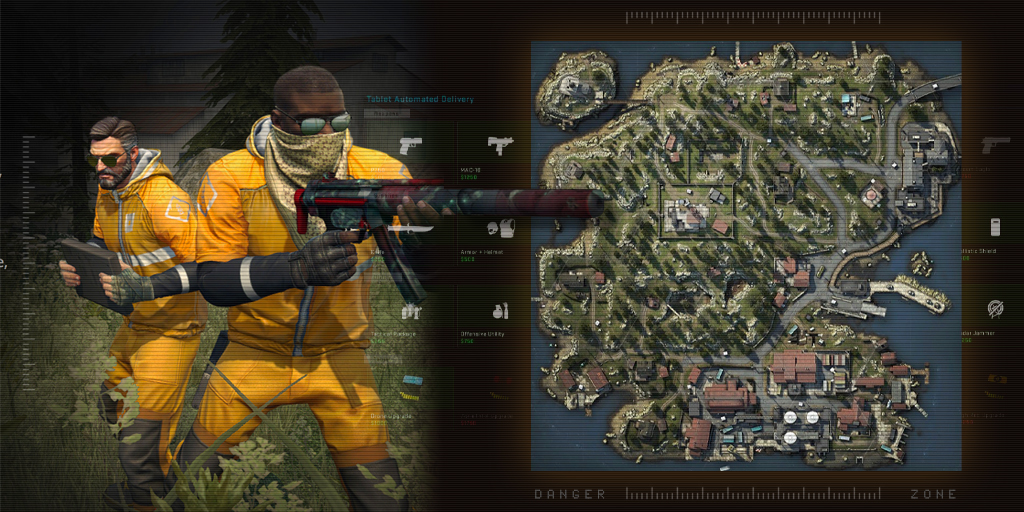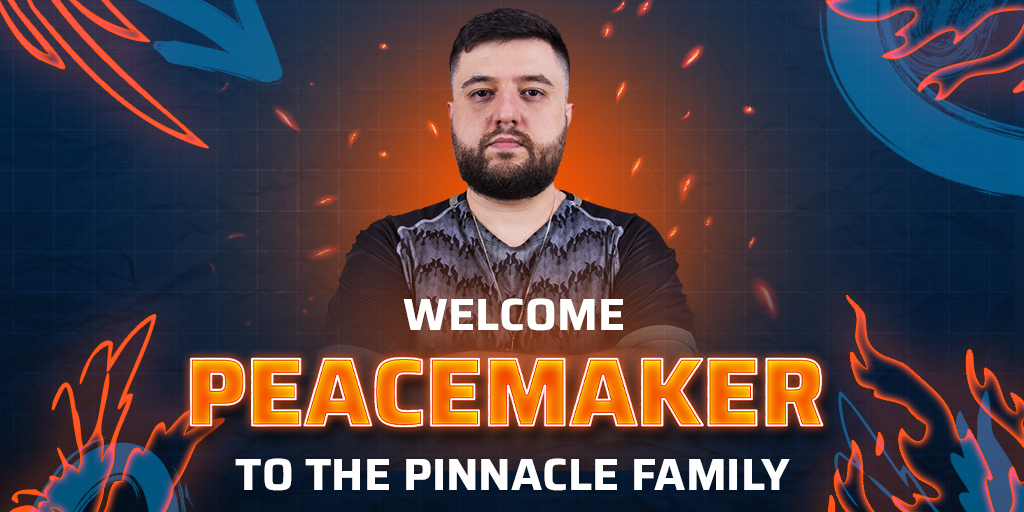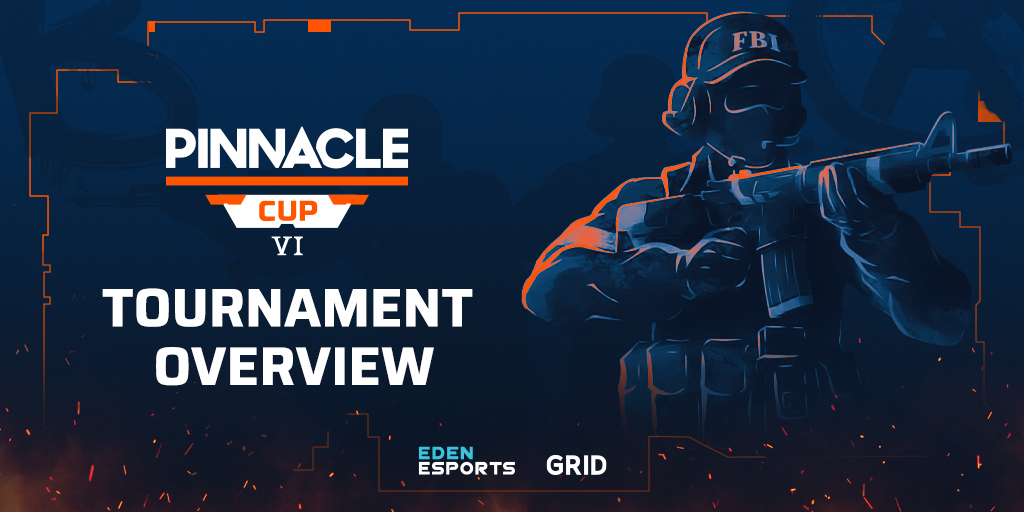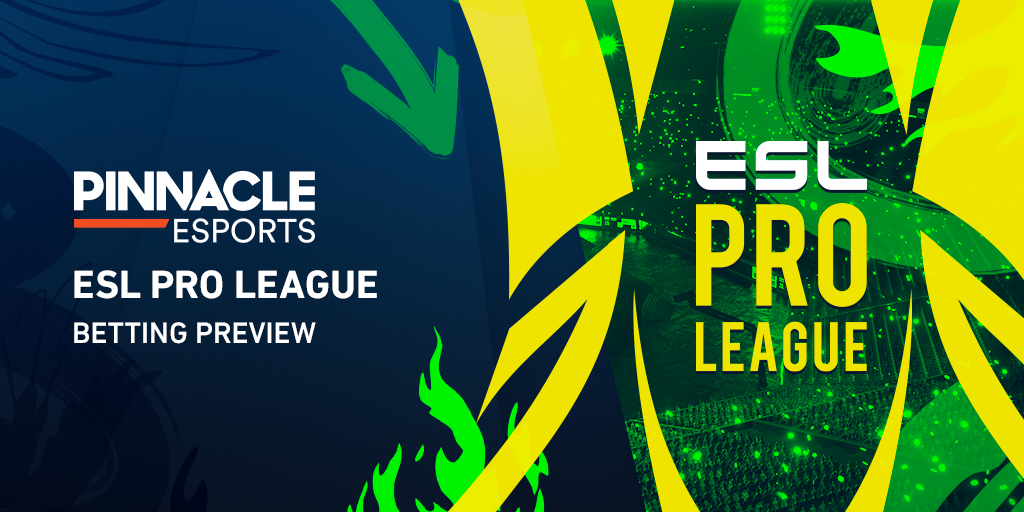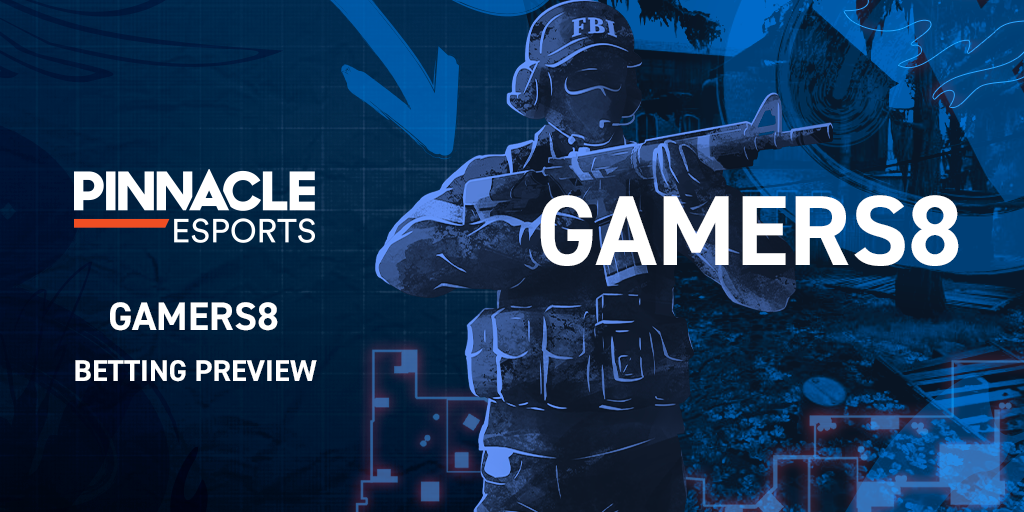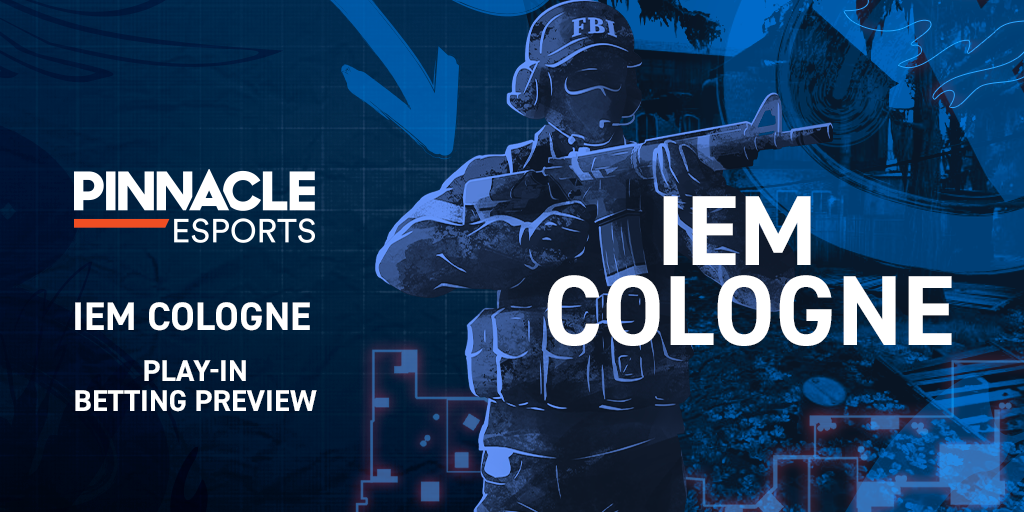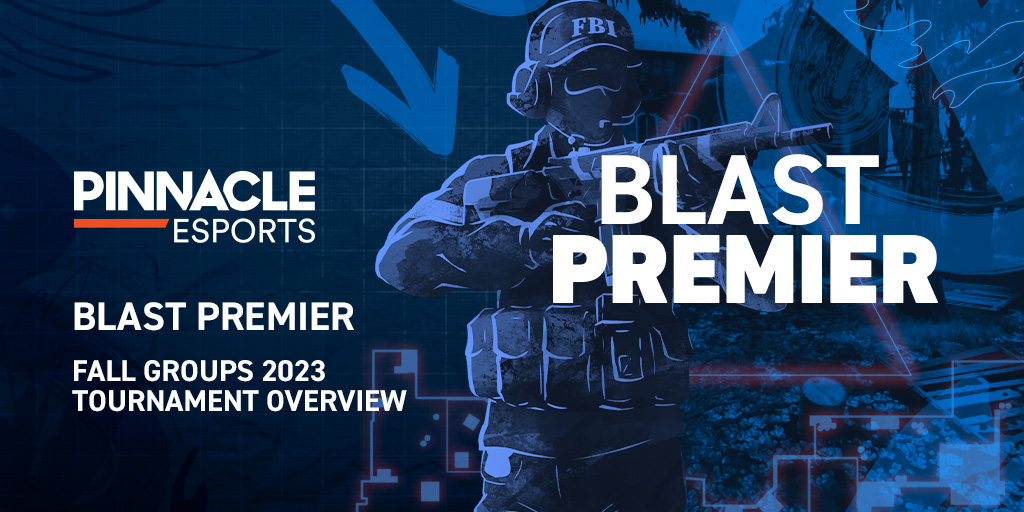In 2018, Valve released the Danger Zone update for CS:GO. This update added a new map and a Battle Royale mode to the game. With a whole host of differences between it and the main game mode, learn more about how to get the best out of Danger Zone.
What is a Battle Royale?
For a number of years, Battle Royale modes in games have been the realm of modifications made by community members. Inspired by movies like The Hunger Games and the Japanese film Battle Royale, from where the genre takes its name, the games pit a large number of opponents against each other in a winner takes all format.
There are a few key differences between the main competitive matchmaking mode and Danger Zone.
The first two big standalone Battle Royale games to make a splash were PlayerUnknown’s Battlegrounds (PUBG) and Fortnite, both released in 2017. With the games creating a massive splash in and out of gaming circles, a number of other big name FPS titles started releasing similar Battle Royale modes, with Call of Duty and Battlefield being two of the largest names to join the trend.
The main trend of the genre sees up to 100 players battle it out against each other to win on a slowly shrinking map. Competition is usually also split between being able to play as either a “solo” player, by yourself, or in teams up to four people, commonly known as “duos” or “squads.” Players hunt around the map for weapons and other items, like armour and medicine, in order to get ahead of their opponents and win the game.
What makes Danger Zone unique?
CS:GO’s Danger Zone is unique through a couple of ways. First, the game itself is significantly smaller than many of its Battle Royale competitors, featuring a maximum of 16 players in solo games, and 18 players when competing in teams of two or three.
The game offers three maps on a rotation, Blacksite, Sirocco and Jungle. Each map is split up into hexagons, where the players choose where to land at the start of the game. When the player chooses which hexagon to start in, they’ll “drop in” like standard Battle Royale games, having to parachute into the area they want.
The unique part of the game comes from the tablet. The tablet has two main features, the first being an active map of the area. The map shows you how the area is split up into hexagons, and where the oncoming “Danger Zone” wall is. The hexagons also highlight when a player is active in the area, meaning you get a vague idea of where potential opponents may be hiding out.
While in other Battle Royale games you have to either hide or guess based on seeing the player themselves or listening for sound, the addition of the hexagons allow for a slightly different approach to playing Danger Zone. This includes encouraging you to roam to other hexagons to eliminate opponents, or in the latter stages of the game wondering if those opponents are on the hunt for you.
The second feature on the Tablet is the ability to purchase weapons, utility items and ammunition. While the typical Battle Royale trait of finding items in caches dotted around the map is still true in Danger Zone, the game adds a unique way of acquiring different weapons at all times.
- Read: A Guide to CS:GO Roles
In order to purchase weapons, you need to have the right amount of cash. In order to acquire cash, you need to survive another wave of the Danger Zone, travel to different parts of the map, get kills or collect it from around the map. The Tablet offers a random assortment of weapons each game, a melee weapon, armour, ammunition, health kits, different sets of grenades and upgrades for the Tablet itself.
When you purchase an item, it is delivered by a drone. However, it is not guaranteed that drone will always land directly to you, as sometimes it’ll land slightly further away. The drone can also been seen and shot down by opponents, meaning they have a chance to steal the items you have bought. Or worse, they could track the drone to you and kill you.
Differences between CS:GO Danger Zone and Competitive
There are a few key differences between the main competitive matchmaking mode and Danger Zone. The main ones are obvious, being a shrinking map, a tablet where you can see the vague areas where opponents are and the constant ability to purchase weapons. There are also a set of weapons and utility items that are unavailable in the main game that are in Danger Zone.
One of the ways CS:GO’s Danger Zone is unique is that the game itself is significantly smaller than many of its Battle Royale competitors.
The chief amongst these is the health kit. This is a unique item to Danger Zone, allowing players to replenish health if damaged at any point of the game. Part of the health kit is that it increases the maximum health of a player. Being able to have 120 HP, it means you can take slightly more damage from being shot at.
Other unique differences include more melee weapons than just the Knife, like a Hammer, Spanner, Axe or just fists. The game also offers “Jump Boots,” that allow you to jump further, and a “Bump Mine,” that can throw the triggering player in a specific direction. Finally, it offers a shield that you can use for a short while to block bullets, as well as potentially use it as a melee weapon to attack competitors.
Danger Zone is unlikely to make it as any sort of true competitive mode of CS:GO. Since it was released it’s only ever appeared at one Valve-sponsored event- IEM Katowice 2019- where it was treated as a showmatch. Considering the current dominance of PUBG and Fortnite as competitive titles in the genre, and the strength of the main 5v5 CS:GO competitive mode, it’s unlikely that Valve would ever push it as such.

